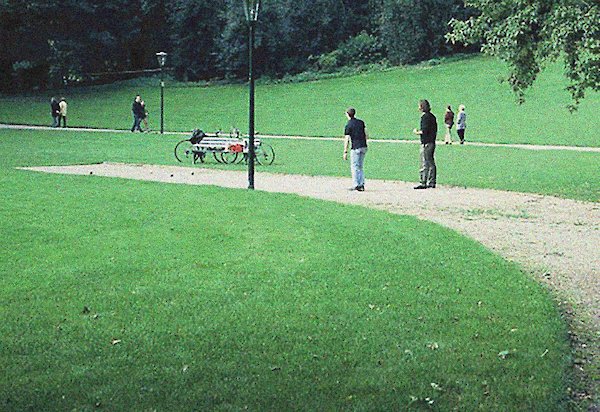Speakers
Martin Prominski
University of Hannover. Since 2003 Assistant Professor for Theory of Contemporary Landscape Architecture at the University of Hannover. He studied in Berlin and Harvard and worked for Atelier Loidl in Berlin and Hargreaves Associates in Cambridge/MA. His ph.d. thesis („Landschaft entwerfen“, Berlin 2004) connects contemporary philosophy of science with landscape and design theory.
The Complexities of Landscape Architecture
Landscape is not anymore an arcadian compensation for our artificial modernity, but its comprehensive embodiment. This new spatial understanding of Landscape has been theorized and labeled in many ways in the 1990s: Scapes, Patchwork, Territorium, Total Landscape, Zwischenstadt, etc.
But already in the 1980s, the distinguished American Landscape Researcher John Brinckerhoff Jackson described the need to overcome the arcadian understanding of landscape and proposed a concept which he called “Landscape Three”: “Landscape is not scenery (= Landscape Two; MP), it is not a political unit (= Landscape One; MP); it is really no more than a collection, a system of manmade spaces on the surface of the earth. Whatever its shape or size, it is never simply a natural space, a feature of the natural environment; it is always artificial, always synthetic, always subject to sudden or unpredictable change.”
In my opinion, this definition of landscape as a dynamic system of man-made spaces is still the most comprehensive and productive understanding we have - and it is also able to include most aspects of the concepts developed later. Yet, it is also a very demanding concept for our profession of Landscape Architecture. If we accept Landscape Three as our object instead of Landscape Two, there are many implications: The sphere of our attention grows dramatically, the boundary between natural and artificial gets blurred, the iconography is extended, unpredictability and processes become essential elements of the design, etc.
Landscape Architecture has always been one of the most complex design professions, but these implications drawn from Jacksons theory make our professional life even more complex. Two of these complexities should be addressed by presenting examples: the extended sphere of attention and the integration of processes and unpredictability. Finally, it should be discussed how far these implications are already integrated in contemporary Landscape Architecture and if it is possible to synthesize a new paradigm.
